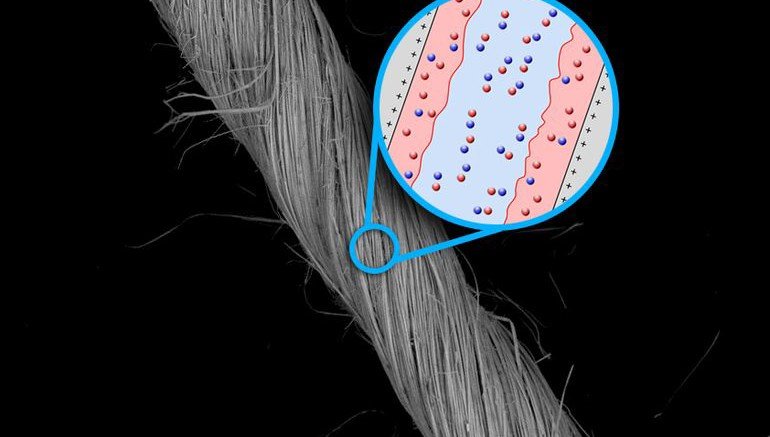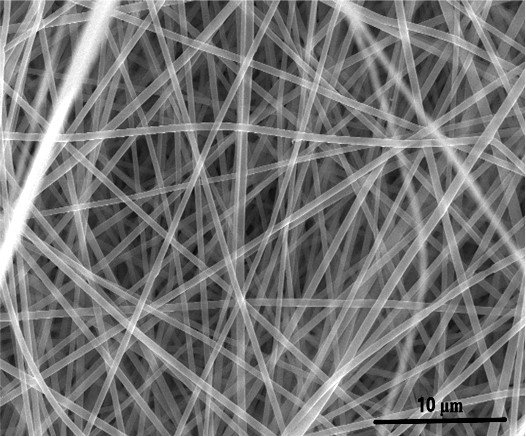UC Riverside engineers have developed a way to recycle plastic waste, such as soda or water bottles, into a nanomaterial useful for energy storage.
Mihri and Cengiz Ozkan and their students have been working for years on creating improved energy storage materials from sustainable sources, such as glass bottles, beach sand, Silly Putty, and portabella mushrooms.

Their latest success could reduce plastic pollution and hasten the transition to 100% clean energy. They have found a way to upcycle polyethylene terephthalate plastic waste, or PET, found in soda bottles and many other consumer products, into a porous carbon nanostructure.

Using this they have been able to create an electric double-layer supercapacitor within a coin-cell type format.
When tested in the supercapacitor, the material contained the characteristics of both a double-layer capacitor formed by the arrangement of separated ionic and electronic charges, as well as redox reaction pseudo-capacitance that occurs when the ions are electrochemically absorbed onto surfaces of materials.

Though they don’t store as much energy as lithium-ion batteries, these supercapacitors can charge much faster, making batteries based on plastic waste a good option for many applications.
UCR research, has given us the first steps toward recycling plastic waste into a rechargeable energy storage device and they believe the process is scalable and marketable, and that it represents major progress toward keeping waste PET out of landfills and the oceans.
Reference- University of California- Riverside Report, Energy Storage Article, Clean Technica






